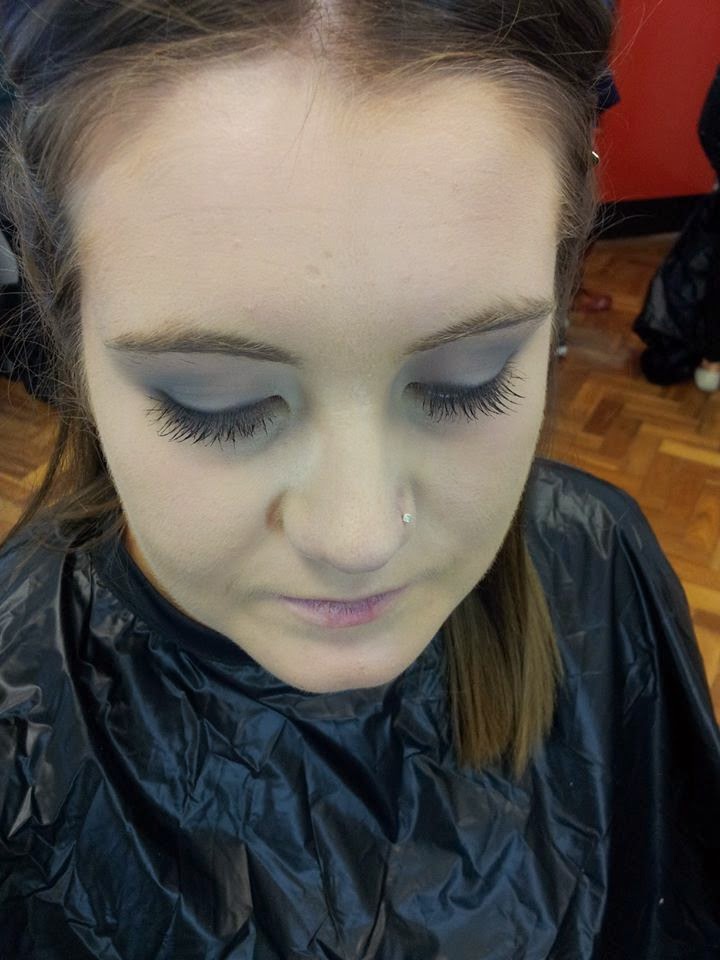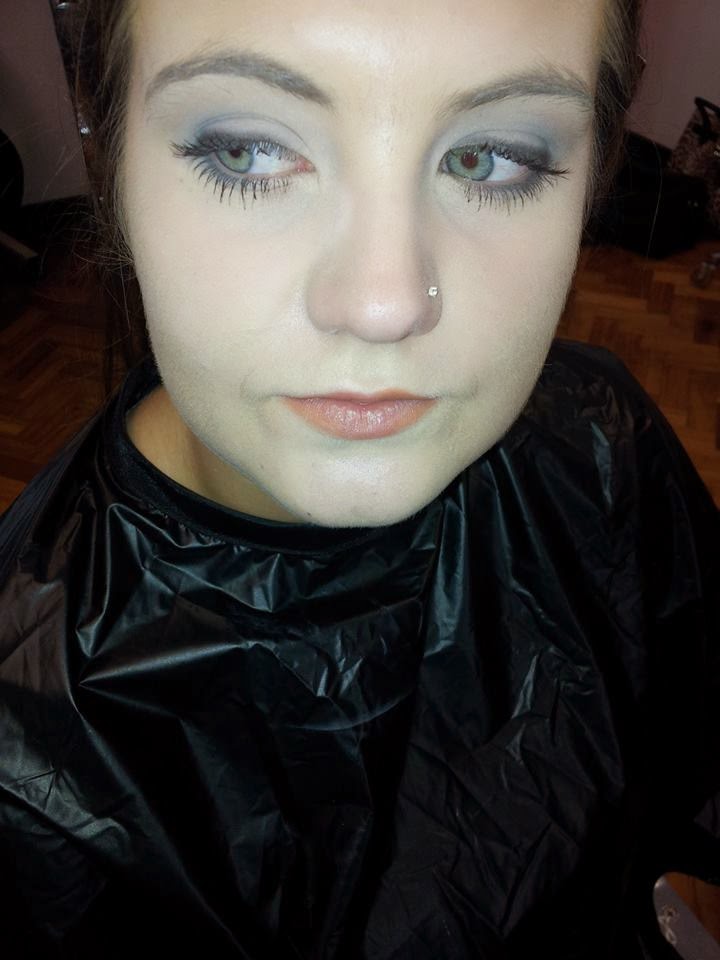The Westmore Family
 |
http://makeupmag.com/images/5322_MA_17_House%20of%20Westmore.jpg
|
 |
http://tommenterprises.tripod.com/sitebuildercontent/sitebuilderpictures
/.pond/westmorebrothers.jpg.w300h204.jpg |
The Westmore Family are an important family in Hollywood makeup, they introduced the art of makeup to the motion picture industry. There are four generations of this Westmore family who've served Hollywood as makeup artist.
George Westmore (1879 - 1931)
Born in Great Britain on the Isle of Wight. He fought in the South African War and after married a hometown friend Ada Savage (Died in 1923). George opened his first hairdressing salon, he moved to Canterbury and then to Canada working as a hairdresser in different cities before moving to L.A in 1917. He soon got a job at the Selig Studio and established the first studio makeup department in history. He then moved to Triangle Studios and supervised the makeup for stars like Mary Pickford, Douglas Fairbanks, Lillian and Dorothy Gish, Billie Burke, Norma Talmadge and Theda Bara. During the 1920's his work became overshadowed by his sons and after a series of disappointmens together with an unhappy second Marriage he committed suicide in 1931.
George fathered three legendary generations of movie makeup artists starting with his six sons Perc, Ern, Monte, Wally, Bud and Frank. By the 1926 Monte, Perc, Ern and Bud had penetrated the industry to become the chief makeup artists at four major studios. the brothers continued to break ground in the beauty and horror illusions until the end of their careers.
Monte (1902 - 40)
First worked free lance for directors such as Cecil B. deMille but then joined the studios of David O. Selznick supervising makeup during the screen tests for films such as 'Gone with the Wind' (1939).
Perc (1904 - 70)
Headed the make up department of First National Pictures and then that company was absorbed by the Warner Brothers where he remained for 27 years. Later on in life he joined the Universal Studios. Perc was also chief administrator f the salon on Sunset Boulevard, the house of Westmore (1935 - 65) but the rest of the family were financially involved too.
Ern, Perc's twin brother (1904 - 68)
Worked first at First National ans then became head of makeup at RKO where he won his first award ever given to a makeup artist by the Academy of Motion Picture Arts and Sciences for his work on the film 'Cimarron'. Ern later supervised makeup at the 20th Century Fox Film Corporation.
Wally (1906 - 73)
Headed the makeup department at Paramount Studios for 41 years. Bud (1918 - 73) worked at Paramount and 20th Century Fox and then was Chief makeup artist as Universal Studios for almost 24 years. Frank Westmore (1923 - 85) was long associated with Paramount Pictures.
 |
| http://www.donteverloveme.com/diary/wp-content/uploads/2010/11/c1943.jpg |
Websites Used:
- http://www.filmreference.com/Writers-and-Production-Artists-Vi-Win/The-Westmore-Family.html
- http://www.britannica.com/EBchecked/topic/641129/Westmore-Family
- http://www.donteverloveme.com/diary/category/old-hollywood/page/2/










.jpg)




.jpg)










.jpg)

